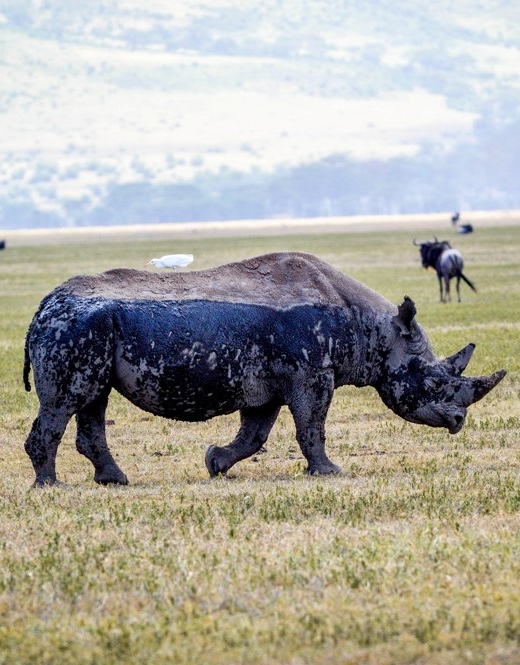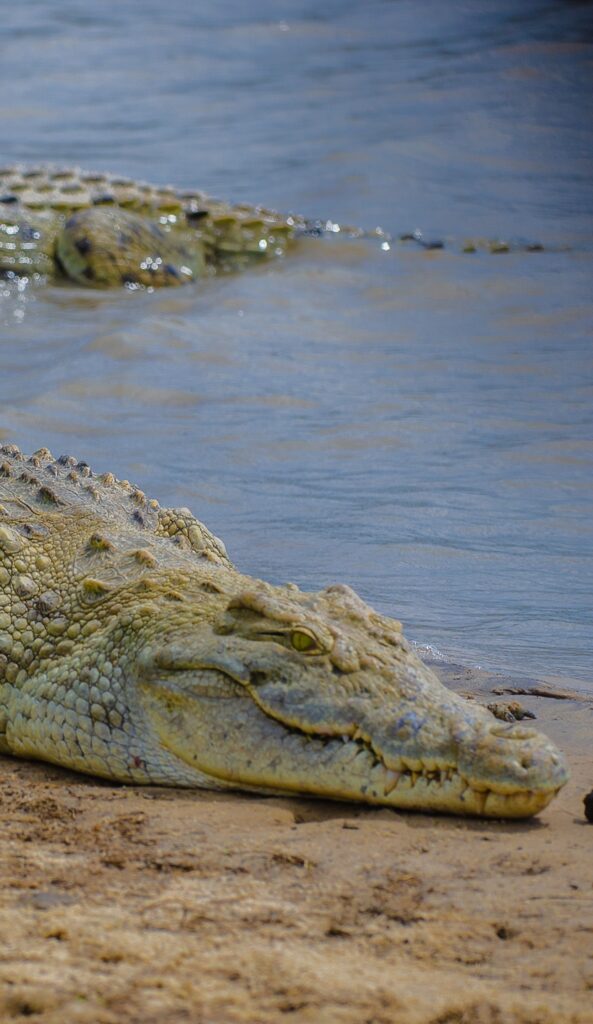FAQ's
Frequently Asked Questions (FAQs) About Tanzania Safaris
Planning a safari in Tanzania can be an exciting yet overwhelming experience, especially for first-time visitors. To help you prepare for your adventure, we’ve compiled a list of frequently asked questions (FAQs) that address the most common inquiries travelers have about Tanzania safaris. Whether you’re curious about the best time to visit, what to pack, or the types of wildlife you might encounter, our FAQs are designed to provide you with the essential information you need to ensure a safe, enjoyable, and unforgettable safari experience in one of Africa’s most iconic destinations.



What is the best time to go on a safari in Tanzania?
The best time for a safari in Tanzania is during the dry season, from June to October, when wildlife is easier to spot as animals gather around water sources. The wildebeest migration in the Serengeti typically occurs between June and July or January and February.
Which are the top national parks to visit in Tanzania?
The most popular national parks in Tanzania include:
- Serengeti National Park: Famous for the Great Migration.
- Ngorongoro Crater: Known for its high concentration of wildlife within a unique volcanic caldera.
- Tarangire National Park: Noted for its large elephant herds and ancient baobab trees.
- Lake Manyara National Park: Renowned for its tree-climbing lions and flamingos.
- Ruaha National Park: A lesser-known park that offers an off-the-beaten-path safari experience.
Do I need a visa to enter Tanzania?
Yes, most travelers require a visa to enter Tanzania. You can obtain a visa on arrival at major airports or apply for an e-visa online before your trip. Ensure your passport is valid for at least six months from the date of entry.
What should I pack for a safari in Tanzania?
Essential items to pack include:
- Lightweight, neutral-colored clothing (avoid bright colors)
- A wide-brimmed hat, sunglasses, and sunscreen
- Comfortable walking shoes or boots
- Binoculars and a camera with extra batteries and memory cards
- Insect repellent and any necessary medications
- A light jacket or fleece for cooler mornings and evenings
What type of accommodation can I expect on a safari?
Tanzania offers a range of accommodation options, including:
- Luxury lodges: High-end, full-service accommodations with modern amenities.
- Tented camps: Comfortable, often luxurious tents that provide an authentic safari experience.
- Budget campsites: Basic facilities for those seeking a more affordable option.
What wildlife can I expect to see on a Tanzania safari?
Tanzania is home to the “Big Five” (lion, leopard, elephant, buffalo, and rhino) as well as a diverse array of other wildlife, including cheetahs, giraffes, zebras, wildebeests, hippos, crocodiles, and various bird species.
Do I need any vaccinations or medications for a Tanzania safari?
It is recommended to have vaccinations for Hepatitis A, Hepatitis B, Typhoid, Tetanus, and Yellow Fever (if coming from a yellow fever-endemic area). Malaria is present in Tanzania, so taking anti-malarial medication and using insect repellent is advisable.
Can I customize my safari itinerary?
Yes, many safari operators offer customizable itineraries tailored to your interests, whether you want to focus on specific wildlife, include cultural experiences, or visit certain parks.
How far in advance should I book my Tanzania safari?
It is advisable to book your safari at least 6 to 12 months in advance, especially if you plan to visit during peak season (June to October) or wish to stay at popular lodges or camps.
What is the typical duration of a Tanzania safari?
Safaris can range from 3 to 14 days or more, depending on your interests and the parks you wish to visit. A 7-10 day safari is common for a well-rounded experience.
Are there any cultural considerations to keep in mind?
Tanzania is home to diverse cultures, including the Maasai and other indigenous groups. It’s important to respect local customs, dress modestly in rural areas, and ask for permission before photographing people.